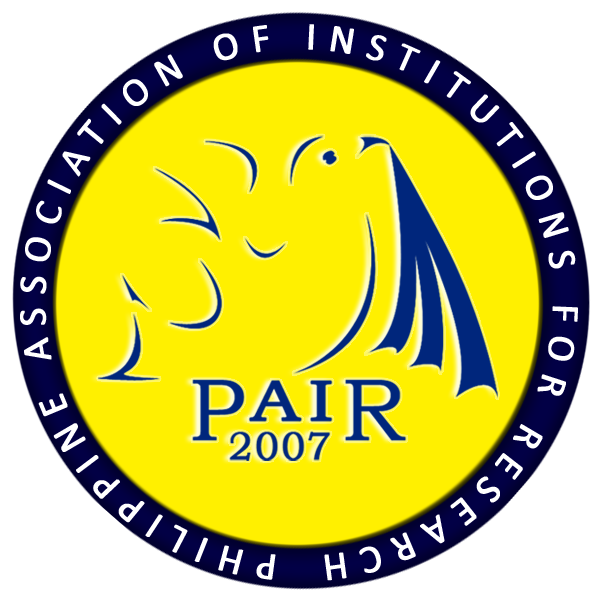Is My Boss Effective? A Retrospection of the Middle Managers’ Communication Style and Effectiveness
DOI:
https://doi.org/10.7719/jpair.v15i1.264Keywords:
Organization Management, Communication Management, Management Style, Management Effectiveness, Communication Barriers, Middle ManagersAbstract
Clear and specific communication lines need to be established within the educational system to achieve successfully the vision, mission, goals and objectives of the institution. The study aimed to determine middle managers’ management communication styles and its effectiveness, and the barrier commonly encountered. The study was conducted in a state university of the Philippines utilizing the descriptive research design to describe the middle mangers management communication style, effectiveness and barriers encountered. There were two groups of respondents in the study; group of middle managers and the group of subordinates. The subordinates are the faculty or staff who were directly under the supervision of the middle managers. They validated the management communication styles, effectiveness and barriers encountered by the middle managers. The questionnaires were intended to define the demographic profile of the middle manager, identify the management communication styles, and assess the effectiveness and barriers to effective communication. Most of the middle managers’ management communication style was open, then blind, hidden and few of them were using closed style. These managers were found effective in seeking and giving feedback, listening, understanding others, influencing and relating and oral and written skills. The management communication performance of the middle managers is not greatly affected by the different management communication barriers.
Downloads
References
Baldwin, A. (2014). What Hinders Effective Communication in the Workplace? Retrieved on March 15, 2014 from http://goo.gl/JTpaqT.
Downloads
Published
Issue
Section
License
Copyright (c) 2014 Joey M. Villanueva

This work is licensed under a Creative Commons Attribution-NonCommercial 4.0 International License.
Open Access. This article published by JPAIR Multidisciplinary Research is licensed under a Creative Commons Attribution-Noncommercial 4.0 International (CC BY-NC 4.0). You are free to share (copy and redistribute the material in any medium or format) and adapt (remix, transform, and build upon the material). Under the following terms, you must give appropriate credit, provide a link to the license, and indicate if changes were made. You may do so in any reasonable manner, but not in any way that suggests the licensor endorses you or your use. You may not use the material for commercial purposes.




















